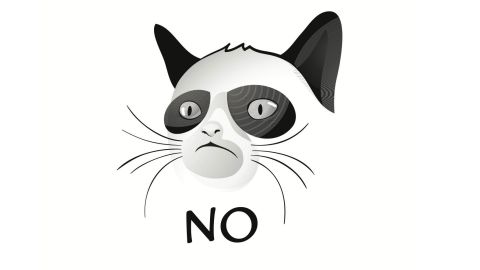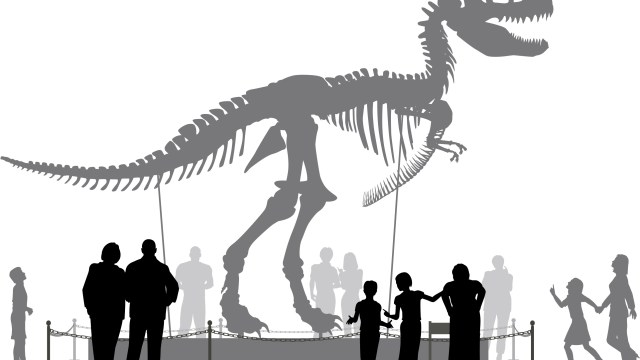Struggling to Stay Relevant? Incorporate these Four Cultural Marketing Concepts

This article is by Sarah DaVanzo, chief cultural strategy officer for sparks & honey.
As technology and media continue to evolve at an exponential rate, marketers and consumers alike have started to adopt new practices and behaviors to ensure that they keep pace. With this shift in the marketplace, new marketing concepts, strategies and jobs are also starting to surface and the most successful marketers will become masters at “trend arbitrage.”
These four marketing concepts have been the topic of recent discussions amongst my circle of “trend whisperers” and futurists. For marketers keen on understanding where the industry is headed, this is marketing Elysium:
1. Temporal Planning – “Engagement Planning” is so yesterday. Sure, marketers need to engage with their stakeholders, but in an increasingly time-sensitive world that tracks and parses time into nano-seconds, timing is everything (think: Vine’s six-second video clips). “When” to engage might even trump “how” and “where” to engage. For example, how brands responded to the Boston Marathon bombs: the brands that responded too fast or too slowly were criticized for being exploitative or insincere. Brands, such as Gerber, who responded in the “Goldilocks timeframe,” received brownie points from their communities for having the right message at the right moment. As consumers are bombarded with more brand messages, more attention needs to be paid to the timing and frequency. This will spawn a new generation of strategic planners who specialize in analyzing historical events to make assumptions about the timing of future communiqués.
2. Meme Semiotics – Semiotics (i.e., the branch of linguistics that studies and interprets signs and symbols) has been useful to cultural anthropology for thousands of years. But in recent decades our society has jumped from text-to-image focus (e.g., YouTube is the #1 search engine) and the visual signs have shifted. New “codes of communication,” such as Internet memes and emojis have been born screaming to be unpacked and analyzed beyond their surface meanings. For example, what does Grumpy Cat say about our culture, and importantly about the individual who shares a Grumpy Cat meme? Brands can learn a lot from studying the memes that are prevalent within their target market. The need to understand meme semiotics will create specialists who are a hybrid data visualizer-cum-sociologist-cum-strategist.
3. Hunch Farming – Innovation and ideas are crowd-sourced. So is problem solving, fundraising, manufacturing and political support. Why then can’t “hunches” be crowd-sourced? Science is confirming the power of the collective conscious and intuition. For example, social chatter spiked globally in the period leading up to the 2011 tsunami and before 9/11, like birds instinctively warning the forest of a predator. While there is still a lot we don’t know about the collective conscious, more respect is being given to its power. Concurrently, marketers today are focused on “intuitive” design and customer service. Tomorrow, marketers will seek “predictive” indicators. To achieve this, expect marketers to mine consumer intuition leading to new tools to crowd-source hunches, which will be deciphered by data-driven “Hunch Farmers.”
4. Moodgeisting – Technological advancements that can read the mood-states of crowds and individuals allow marketers today to monitor, measure and manipulate stakeholders’ moods like never before. Moodgeisting can assist marketers with closing a sale and enhancing a brand experience. For example, Toyota knows that drivers who are in a good mood are less likely to get into an auto accident, so the brand uses mood-reading technologies (facial recognition and biometrics) in-cabin to provide drivers with mood metrics and calming advice. However, mood-reading technologies are highly complex and varied, ranging from self-reported mood swings to multiple biometric inputs (voice, sweat, pupil dilation, grip, etc.) to text analytics. Given the complexity of the “mood space” we will likely see a specialization emerge, born from neuroscience, biology, psychology and data science rolled into one role: moodgeister.
In conclusion, the world in which we marketers operate is changing so fast that the marketing discipline needs to keep up to remain relevant.
sparks & honey is a next generation agency that helps brands synchronize with culture. Follow us on Twitter at @sparksandhoney to stay up to date on the latest high energy trends.
Image courtesy of Shutterstock





